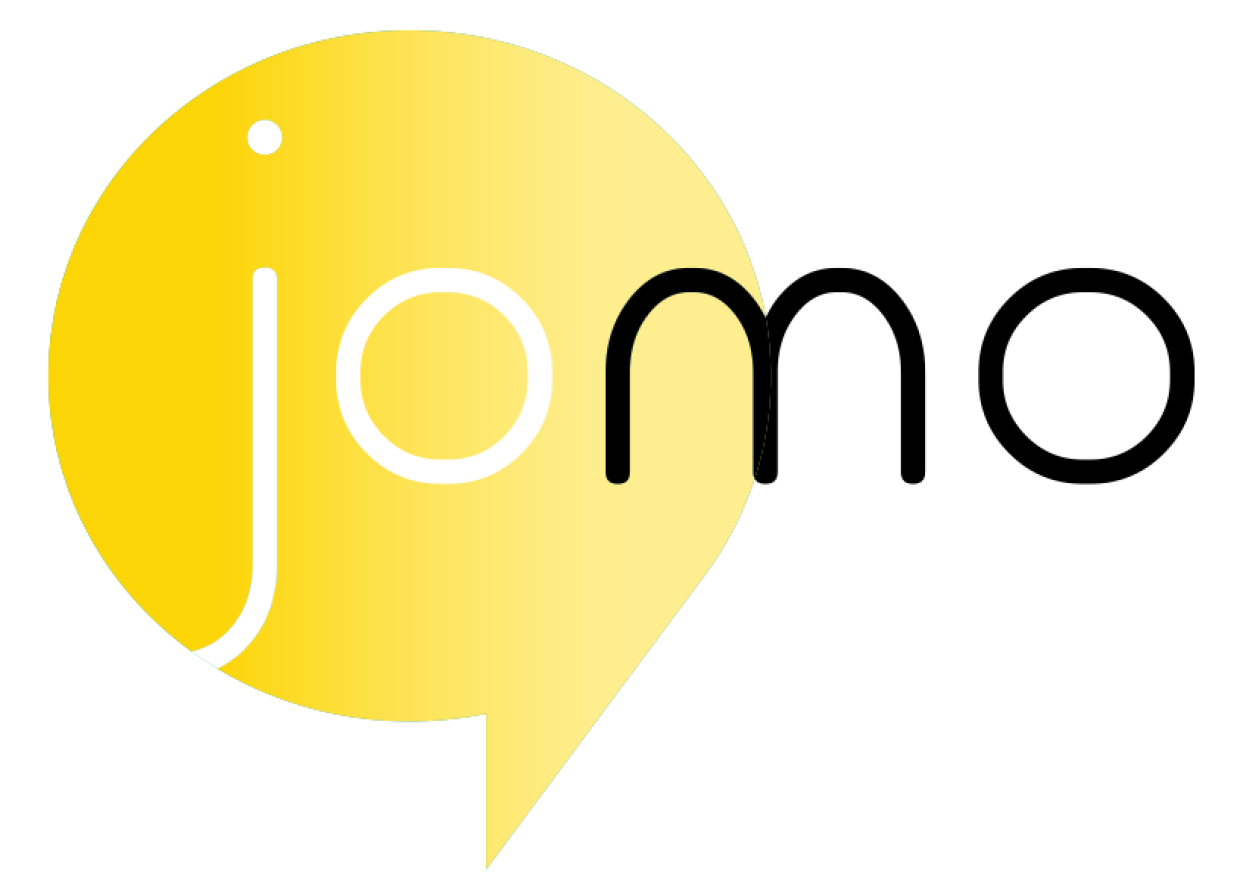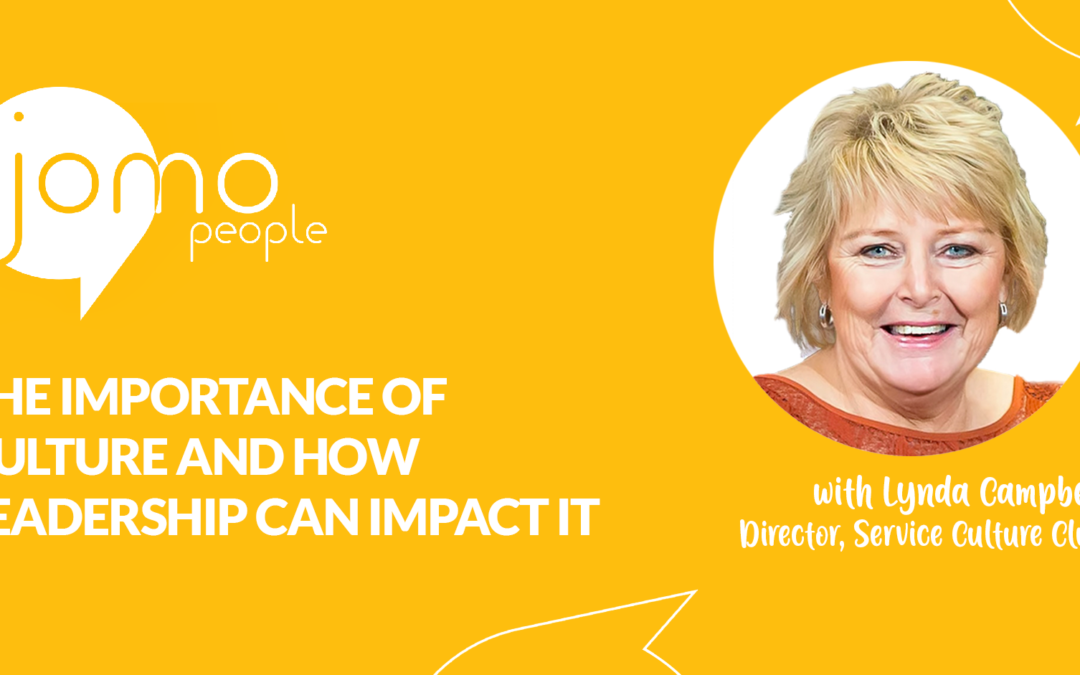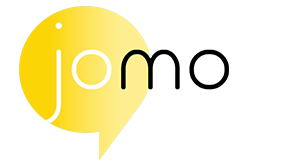One thing that comes up time and again in conversations with our network is leadership and culture.
So we got in touch with former Director for British Gas In Wales Lynda Campbell to talk us through this big, important subject in our latest webinar (watch the full webinar below).
Lynda was at British Gas at a time when they were going through a really big cultural transformation that came a couple of years after a technical transformation.
Suddenly, they realised people hadn’t caught up with all the technical changes they’d put in place, so it was time to work on their culture. Lynda says it was the best time of her career, because everyone was really bought into the journey and understood exactly what they were doing.
The whole project had a huge impact. Before the cultural transformation, their attrition was at 52%, which meant they were losing about 650 people a year. After, it dropped to just 4% – and some of that came from moving people out of the business who they didn’t want.
So Lynda knows a lot about culture and leadership! Here are some of her key notes and takeaways:
What Actually Is Organisational Culture?
We all use the word “culture” loads. But how many of us can actually define it?
There are lots of fancy definitions, but Lynda prefers to keep things simple, explaining: “It’s just the way we do things around here.” It’s the DNA of the company. Everybody understands it, and hopefully buys into it, too.
All company cultures are made up of five key components:
- Behaviours
- Relationships
- Attitudes
- Values
- Environment
How Does Culture Vary for Remote Teams?
At a time when very few of us are in the office, it’s important to consider how culture is different for home-based teams.
So many of the things involved in company culture are changed by working remotely. Things like your workspace, your building, the layout of your office, and even your attire have an impact on culture, but you don’t have any of those things when you’re remote.
But it goes way beyond our physical surroundings. Your culture is also built on things like:
- How you are with colleagues
- What decision-making looks like
- What structures and your processes are in place
- Where the authority sits
- How people are disciplined
- The social occasions you organise
- How your formal meetings work
- How people are recognised for big achievements
When you think about working remotely, half of those things are stripped away, which makes remote leadership very different.
What Are the Components of a Toxic Workplace Environment?
Unfortunately, lots of us will have worked in an environment that we’d describe as toxic.
Lynda explains that a lot of that is down to leadership: ”People don’t leave companies, they leave their leaders, they leave their bosses.”
Destructive leaders are narcissistic. They make things all about them, and their outlook is quite negative.
That’s one part of the so-called Toxic Triangle, along with:
- Unstable environments that have the wrong cultural values, and a lack of checks and balances. The scandal that led to the collapse of Enron is a good example of what this looks like.
- Followership, or the people who follow the leader. There are two types of follower – conformers and colluders.
Put all those three things together and you’ve got a toxic workplace culture – and leadership is at the top.
The Role of Leadership in Culture
Sure, leading a remote team is different. But the actual role of the leader hasn’t changed at all.
The attributes of being a great leader are still the same – it’s how we do it that has to change, because you haven’t got a lot of the other component parts in place.
So what actually is a leader? And what role do they have in developing and promoting company culture? Lynda gave us a few key points:
- Leadership is an action. It’s not a position and it’s not a title. You’re only a leader if people follow you.
- It’s a responsibility. You have to take that responsibility seriously, because you impact how people feel every single day you go into work.
- It’s an opportunity.
- It isn’t a gift from birth. You can develop your leadership behaviours.
- It isn’t the same as “management”. A manager is far more task-focused, while a leader is far more people-focused to get the task done.
What Are the Attributes of Remarkable Leaders?
We’ve probably all worked with someone we consider to be a great leader. Maybe they helped you in your career, gave you a really good piece of advice, or supported you during a challenging time.
All great leaders have a few key attributes in common, Lynda explains:
- They continually learn
- They champion change
- They’re powerful communicators
- They build relationships
- They go into work and thinking about how they can develop others
- They influence with impact
- They think and act innovatively
- They collaborate and work well as a team
- They solve problems and make decisions
- They take responsibility and accountability
- They set goals and support the achievement of goals
None of these things has changed in the remote world, but the way that we do those things definitely has.
So What Are We Concerned About With Remote Working?
As leaders, we probably all have a few ingrained worries about remote working. In fact, research shows us that:
- 58% of leaders are concerned about whether their teams are working effectively and being productive
- 48% are worried that they don’t have enough social social interaction
- 28% are concerned that they don’t know what their teams are working on
In other words, there’s a whole lot of trust issues at play!
That’s understandable when you think about some of the challenges we have to overcome as remote leaders. Things like:
- A lack of environmental cues
- Less repetition of messages
- A lack of innovation as people focus on just getting the task done
- Seeing performance issues too late
- Failure to get the basics done
- People becoming more siloed and only focusing on their individual goals
- Meetings becoming less effective
And Buffer’s 2019 State of Remote Report identifies loads of other struggles with remote working:

But What’s the Real Issue Behind Those Remote Leadership Worries?
Do you ever find yourself thinking or saying things like:
- What are my team doing?
- Are they being disturbed?
- Are they overworking themselves?
- Have they accomplished anything?
- Out of sight, out of mind
Lynda explains that those things aren’t really the issue, they’re more like symptoms of bigger issues, like:
- Focusing on the activity and not the outcome
- Believing that you’d be distracted, so you project this same feeling onto others
- Listening to that inner voice that tells you, “When the cat’s away, the mice will play”
- Feeling a perceived need for control
So if you’re having those sorts of doubts about your remote team, you need to do things like:
- Change your belief system, because the biggest element of successful remote leadership is trust
- Build your new team processes together to create mutually clear expectations
- Reduce your need for control, because you’re still a leader, you’re just in a different environment now
How Can You Be More Purposeful as a Leader?
We’d probably all like to be more purposeful in our leadership.
According to Lynda, being a purposeful leader is all about having high energy and high focus, and there are lots of different behaviours, traits and actions that feed into those two things:
- High Focus
People need to be clear about what’s going on in the wider organisation, but they should also be clear about your team vision:
- What do you want to stand for?
- How good do you want to be?
- How are you going to get there?
Your team will never know what to do unless they know where they’re heading, how good they want to be, and that you want to build that together, as a collective. Understanding the bigger picture and their role in achieving it will give them greater focus.
Otherwise, unclear objectives will drive a lack of focus, because team members don’t really know what they need to achieve. That means you need to make your objectives as clean, clear and simple as you can.
There are lots of other factors at play here too:
- Think about the outcome or the output, not the input. Help people understand the role they play in a complex organization. Knowing what role you play and what that does to the way the organization behaves is important. Otherwise, your job feels a bit mundane.
- Give the right level of direction and support. Be virtually present when people need you. That means your day needs to be structured. You can’t be busy all the time with a million tasks.
- Protect your team from distractions. That can include things like technology issues, and other people asking them to do something. All those things place a drain on their time and affect their focus.
- Provide information that keeps them afloat but doesn’t overload them. Communication is a huge part of remote leadership, so make sure when you tell your team anything, it’s need-to-know and relevant to their job.
- Align authority with responsibility. People can only achieve if they have the authority to do so. How many times have we sat in contact centres when an agent can’t do the things they need to do for a customer because they don’t actually have the right permissions?
- High Energy
Lynda says this is the bit that’s often most difficult about remote leadership. After all, it can be hard enough motivating yourself when you’re working from home, let alone maintaining high energy levels in your remote team. Doing it effectively means:
- Recognising and celebrating achievements. People don’t want to feel out of sight, out of mind. Find out what effort your team put into certain tasks so that you can tell them “job well done”.
- Giving sufficient autonomy and empowerment. Don’t micromanage people, and let them thrive on empowerment.
- Empowering them to make a meaningful contribution. They need to know their personal commitment counts and means something.
- Providing an inspirational example. Your team still look up to you, and they will watch you. So what are your behaviours like? What are they going to see and hear? How often do you stay in touch with them, and what’s your energy like when you talk to them?
Emotional Intelligence Is Key to Successful Remote Leadership
So much of what Lynda has to say about remote leadership and culture is tied to trust. And when it comes to building trust, emotional intelligence (EI) skills are all-important.
By “emotional intelligence skills”, Lynda’s referring to the ability to process emotional information and cues to inspire, enhance thought, understand the emotional states of others, and offer a greater level of empathy.
Obviously that’s a lot more difficult on Zoom or at the other end of the phone than it is in person. It’s completely different to sitting down with somebody and watching their behaviour and their body language, their tone, and everything else.
People who are below-par on EI have a high level of emotional reactivity to people, Lynda explains. Basically, they can blow up or they can blow down. That means they’re not able to read an audience well, and they’re not good at receiving feedback.
On the other hand, a high EI response from a leader equates to an increased level of internal psychological job satisfaction for people on their team.
None of this is rocket science, Lynda explains. It’s about things like:
- Delivering on the promises you make
- Building credibility and reliability by always delivering on a task or effort
- Keeping open access to your team so they can get hold of you
- Sticking to your communication schedule and not letting your team down because you’ve got other priorities
Two Acronyms Remote Leaders Should Remember
To finish, Lynda gave us a couple of brilliant acronyms that all remote leaders should definitely try to memorise – BEEP THEM and DASH:
- Build trust
- Empower
- Emotional support
- Promises are kept
- Think about everyone in the team
- Hire the right people
- Energise the team
- Make time to sleep and live
- Decisions – what decisions have been made since you last spoke to them?
- Actions – what actions are needed?
- Status – what’s the status of actions or tasks since the last meeting?
- Happiness – how are they getting on? How can you provide better support?
As you can tell, Lynda went through loads of stuff on our webinar – and this blog hardly even scratches the surface! Want to find out more? Get in touch with us here.


